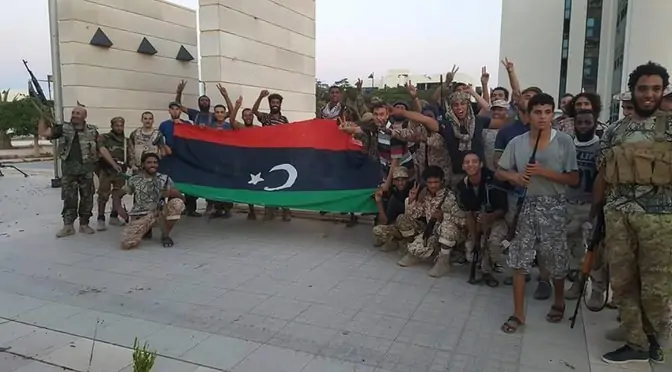With this article and the next one, we use the instability and conflict in Ukraine and the related impacts on businesses to continue enhancing our understanding of the way businesses and the corporate world could usefully anticipate or foresee geopolitical and political risks and uncertainties. Uranium and the Renewal of Nuclear Energy AI at War (1) – Ukraine Anticipate and Get Ready for the Future – Podcast The Return of Nuclear Energy Climate Change, Planetary Boundaries and Geopolitical Stakes Apocalypse in the Red Sea – Anthropocene Wars (9) Understanding a Protest Movement and its Crescendo We review two major impacts of the war in Ukraine. First we look at the “surprising” cost of sanctions related to Ukraine on the businesses and companies of the sanctioning …
Continue reading “Impacts of the Conflict in Ukraine – Geopolitics, Uncertainties and Business (3)”











